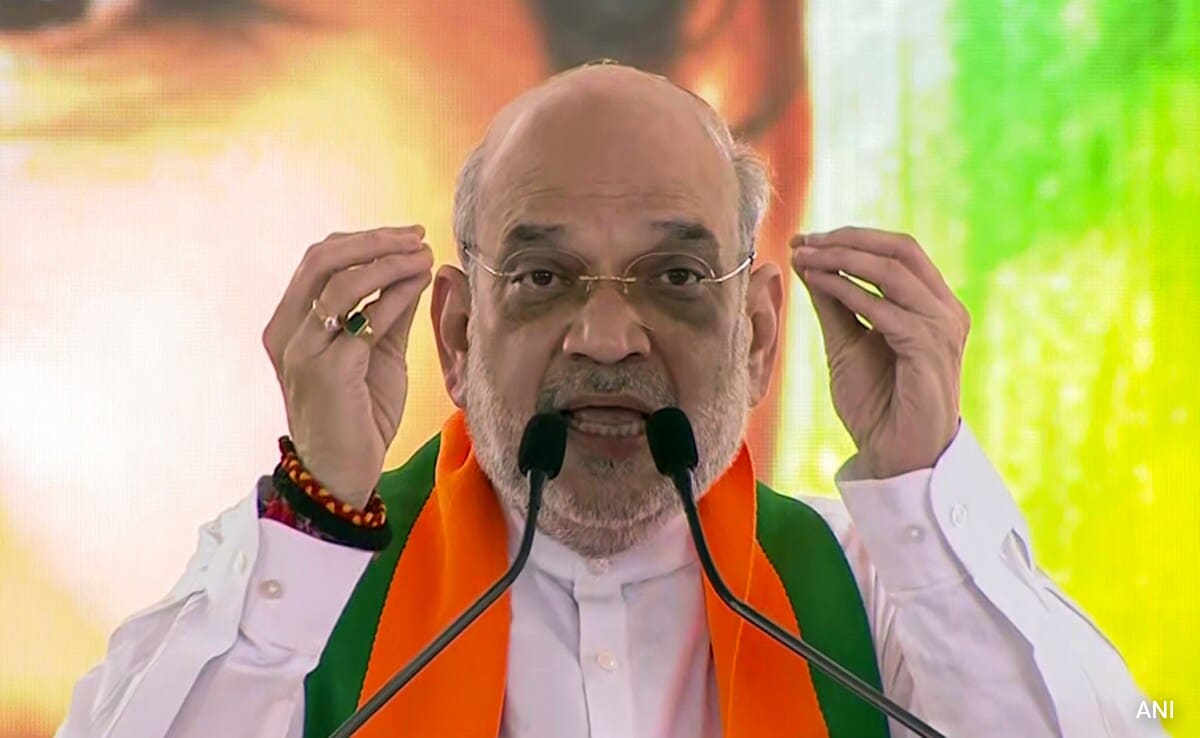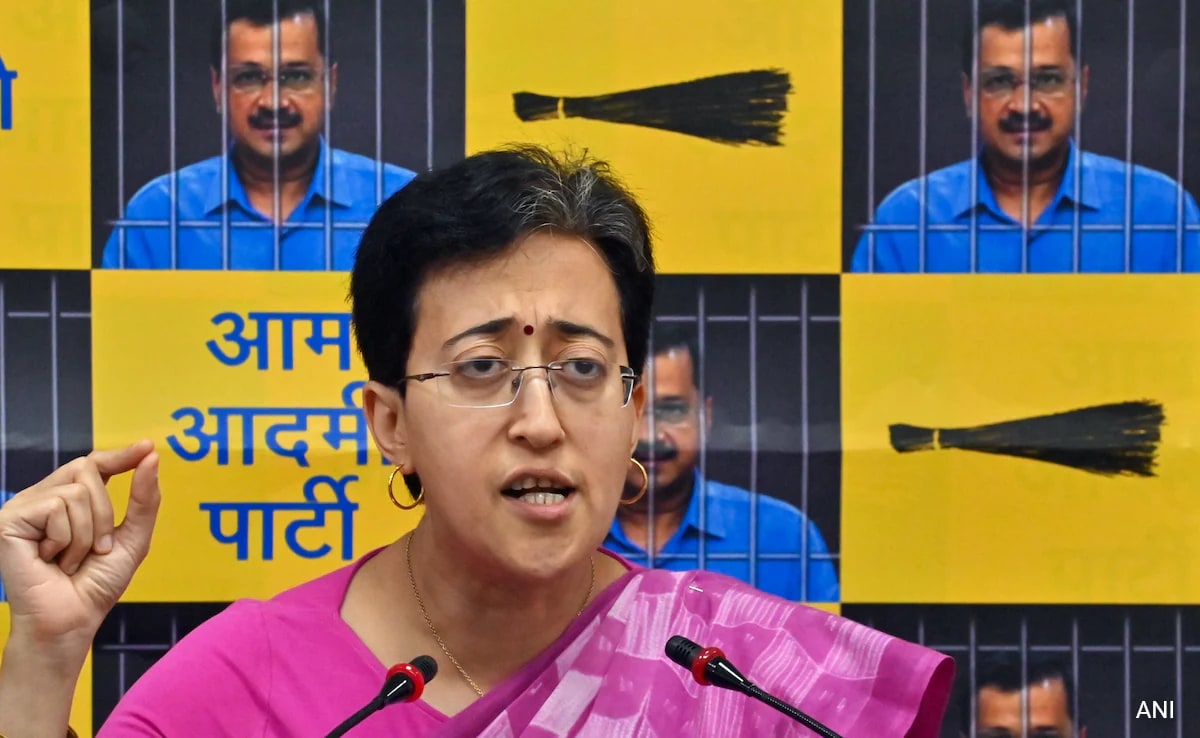reporter: local circle
Last updated: February 5, 2024 09:00 US Standard Time
The price of Toor dal or Arhar dal, a staple food in India, has soared to Rs 220 per kg, almost double the sales before January 2023, leaving many people worried. Got into trouble. The rise and fall in prices of daily healthy meals will affect the budget of many middle-class families.
LocalCircles conducted a survey on the issue and found that 57% of the 11,197 respondents did not reduce their Toor Dal consumption and paid the actual price. However, about 32% of the respondents said that they are consuming less Toor Dal, while 11% are switching to unbranded/low quality brands.
In June last year, India’s Ministry of Consumer Affairs revealed to the media that India would import 1.2 million tons of tol peas this fiscal year, an increase of 35% over last year, to increase domestic supply and curb price increases.
According to the Ministry of Agriculture’s first estimate of the 2023-24 kharif crop, Tul gram production is expected to be 3.42 million tonnes, almost the same as last year’s production. The area of Uratdar district is estimated at 3.07 million hectares, compared to about 3.1 million hectares last year.
Bimal Kothari, president of the Indian Pulses and Grains Association, told the media: “The total demand for tuar dal in India is 4.5 million metric tons (4.5 million tonnes) every year as it is consumed in most parts of the country. “
The supply shortage in India comes at a time when global demand for tulpa is surging, mainly due to rising awareness about its health benefits and nutritional content. According to Lupa Foods, a UK-based full-service B2B partner in the food industry, lentils are being incorporated into a variety of food products including pasta, baked goods and meat alternatives, further driving this growing demand.
As prices rise, many consumers may turn away from consuming dal, the most affordable source of protein for almost every Indian household. The government needs to step in and not only check hoarding but also facilitate procurement from farmers and supply to consumers, lest unscrupulous traders make this popular dal further out of reach.
The survey received more than 11,000 responses from citizens of 306 districts in India. 64% of the respondents were male and 36% were female.
Follow us on Google news ,Twitter , and Join Whatsapp Group of thelocalreport.in















